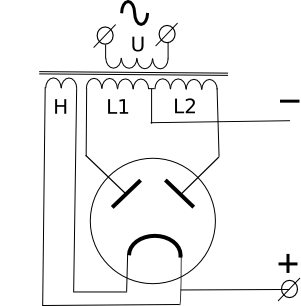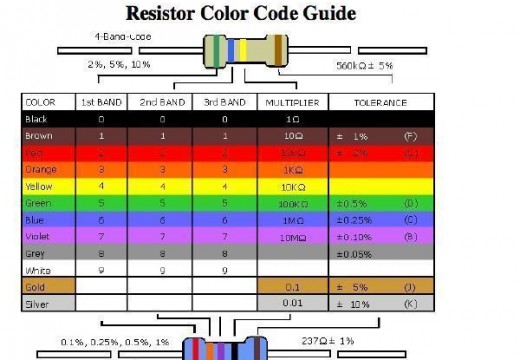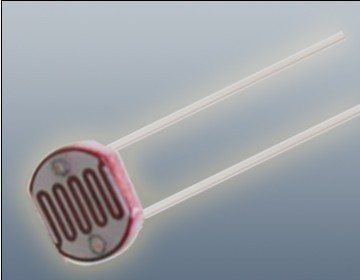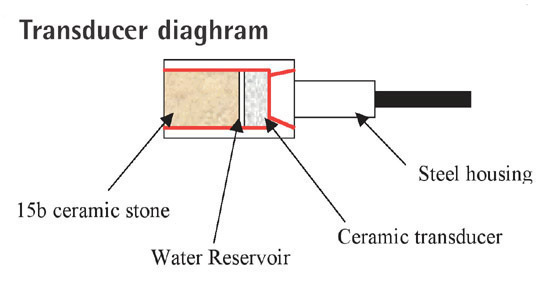A rectifier changes alternating current into direct current. This process is called rectification. The three main types of rectifier are the half-wave, full-wave, and bridge. A rectifier is the opposite of an inverter, which changes direct current into alternating current.
Half-Wave Rectifier
The simplest type is the half-wave rectifier, which can be made with just one diode. When the voltage of the alternating current is positive, the diode becomes forward-biased and current flows through it. When the voltage is negative, the diode is reverse-biased and the current stops. The result is a clipped copy of the alternating current waveform with only positive voltage, and an average voltage that is one third of the peak input voltage. This pulsating direct current is adequate for some components, but others require a more steady current. This requires a full-wave rectifier that can convert both parts of the cycle to positive voltage.
Full-Wave Rectifier
 The full-wave rectifier is essentially two half-wave rectifiers, and can be made with two diodes and an earthed center tap on the transformer. The positive voltage half of the cycle flows through one diode, and the negative half flows through the other. The center tap allows the circuit to be completed because current can not flow through the other diode. The result is still a pulsating direct current but with just over half the input peak voltage, and double the frequency.
The full-wave rectifier is essentially two half-wave rectifiers, and can be made with two diodes and an earthed center tap on the transformer. The positive voltage half of the cycle flows through one diode, and the negative half flows through the other. The center tap allows the circuit to be completed because current can not flow through the other diode. The result is still a pulsating direct current but with just over half the input peak voltage, and double the frequency.
Bridge Rectifier
The bridge rectifier, also called a diode bridge, consists of four diodes connected together in a square. Two diodes are connected at their anodes, and the other two are connected at their cathodes. These form the rectified output terminals. The remaining ends are joined to form two input terminals. It it usually packaged as one component with four terminals. The bridge rectifier allows for full-wave rectification without the need for an earthed center tap on the transformer.
Smoothing
Even the bridge rectifier has some variation in it’s output voltage, so a filter is required to smooth out this ripple. A capacitor connected across the output terminals acts as a basic filter by storing energy during the peak voltage, and releasing it when the voltage falls. This removes most of the ripple but does not result in a steady voltage. A choke and second capacitor are usually added to further smooth the ripple.
Rectifier Uses
Rectifiers are used mostly in power adaptors and alternators to convert alternating current to direct current. They are also used in radios to demodulate signals from the antenna.




Follow Us!